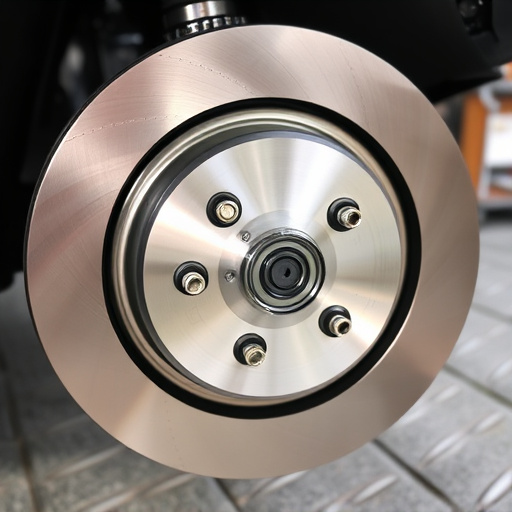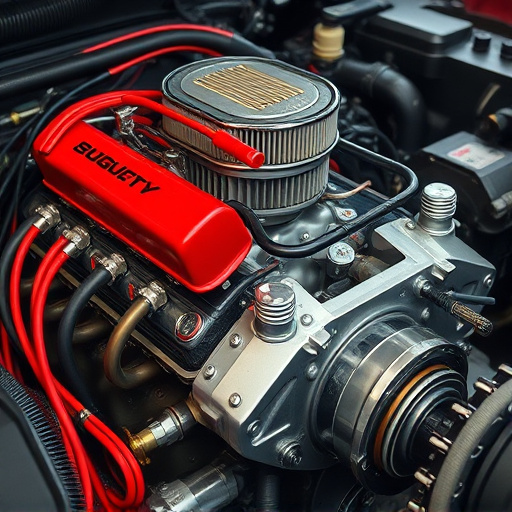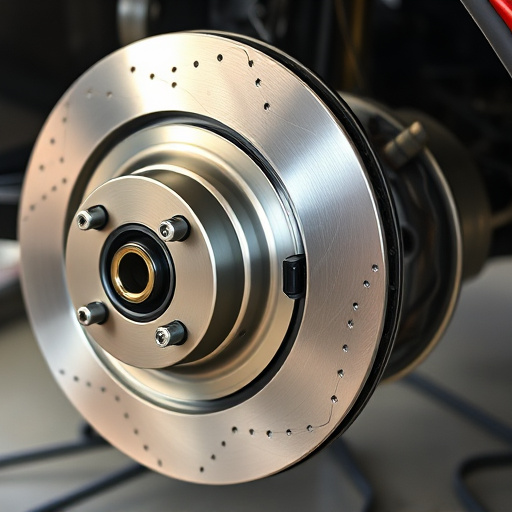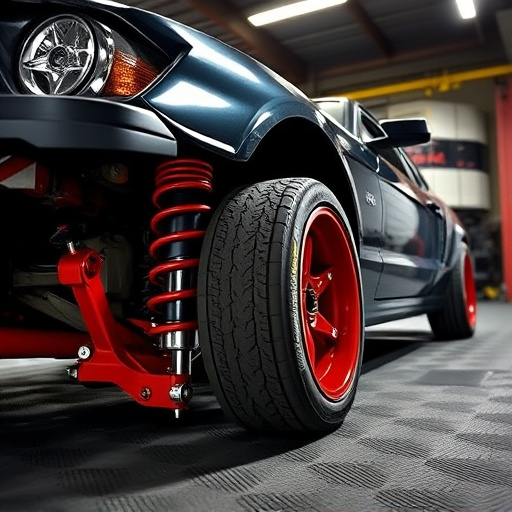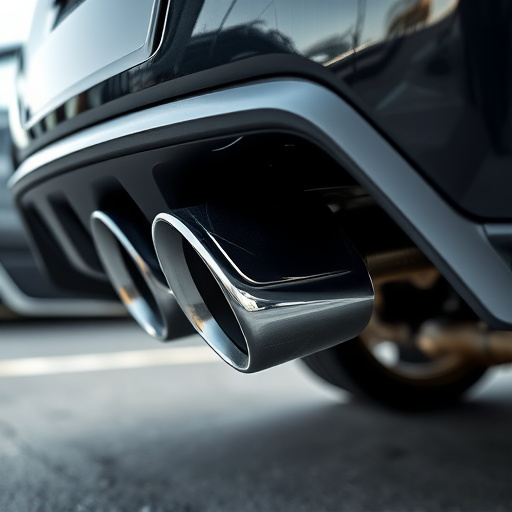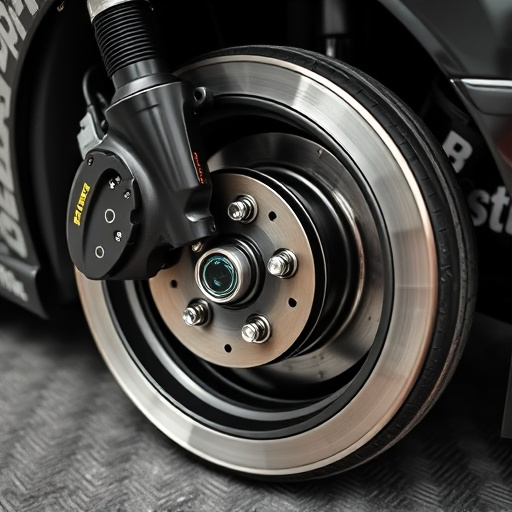Exhaust systems are crucial for enhancing car performance and dynamics. By reducing backpressure in the engine, they improve combustion efficiency and power output, resulting in better acceleration and control. Modern exhaust systems include noise-muffling components that maintain optimal airflow, influencing weight distribution and vehicle stability at high speeds. Strategically designed, these systems contribute to balanced handling, refined vehicle dynamics, and improved overall car performance, making them essential for cars' on-road agility and responsiveness.
Exhaust systems, beyond their role in noise reduction, play a pivotal and often overlooked aspect of car dynamics, significantly influencing handling and balance. This article delves into the intricate relationship between exhaust systems and vehicle performance, exploring how these components contribute to improved stability, cornering, and overall driver control. By understanding the key elements that constitute an efficient exhaust system, from catalytic converters to custom designs, you’ll uncover strategies for enhancing your car’s balance and enhancing its on-road prowess.
- The Role of Exhaust Systems in Car Dynamics
- – Understanding car handling and balance
- – How exhaust systems influence weight distribution
The Role of Exhaust Systems in Car Dynamics
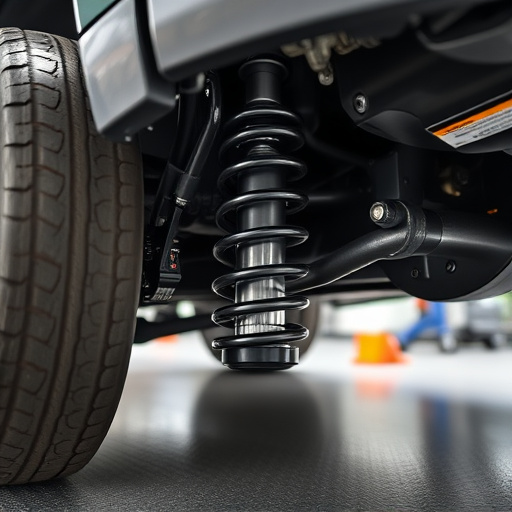
Exhaust systems play a pivotal role in a car’s dynamics and overall performance. Beyond simply facilitating gas exhaust, they significantly influence how a vehicle handles on the road. The flow of gases through an efficient exhaust system reduces backpressure in the engine, allowing for better combustion and increased power output. This enhanced power translates into improved acceleration and better control over the vehicle.
Furthermore, modern exhaust systems incorporate components like catalytic converters and exhaust mufflers that contribute to a car’s balance. These parts help muffle noise while also maintaining adequate airflow, ensuring the engine operates optimally. The strategic placement of exhaust systems can even influence a car’s weight distribution, which directly impacts its cornering ability and stability, especially at high speeds. This dynamic interaction between the exhaust system, engine, and chassis highlights the intricate relationship that contributes to a car’s overall handling and balance.
– Understanding car handling and balance
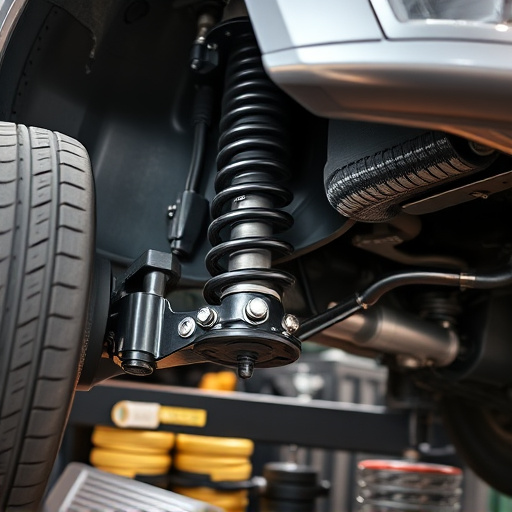
Car handling refers to a vehicle’s ability to respond to driver input, such as steering and throttle adjustments, while maintaining stability and balance through turns. It involves factors like cornering capability, agility, and overall control. Balance, on the other hand, is the distribution of weight in a car that affects its stability and how it interacts with the road surface. An imbalanced car may exhibit unpredictable behavior, making it harder to steer and maintain control.
Exhaust systems play a significant role in enhancing both handling and balance. By efficiently routing exhaust gases away from the engine, they contribute to optimal performance and weight distribution. Modern exhaust systems often incorporate specialized components like enhanced intake components and tailored exhaust tips to manipulate air flow, boosting engine output and improving vehicle dynamics. This results in better brake rotor cooling, improved traction, and more precise control during cornering, ultimately enhancing overall car handling and balance.
– How exhaust systems influence weight distribution
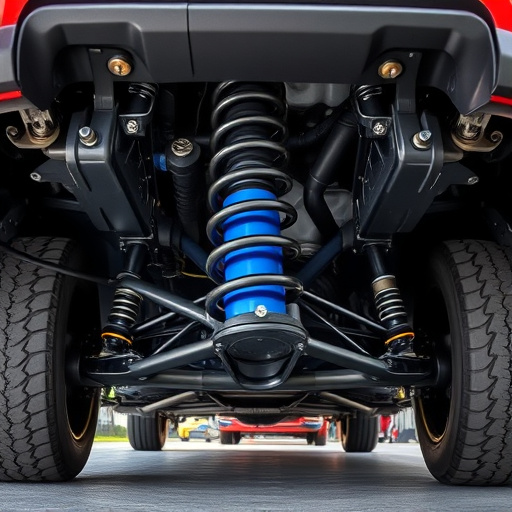
Exhaust systems play a significant role in enhancing a car’s handling and balance by influencing its weight distribution. The primary function of an exhaust system is to remove burnt gases from the engine, but it also contributes to the vehicle’s overall performance and stability. One of the key aspects it affects is the center of gravity (CG) of the car. A well-designed exhaust system can lower the CG by redirecting the weight away from the top and distributing it more evenly across the vehicle. This lower CG results in better cornering abilities, as the car can change direction with greater precision and stability.
By optimizing gas flow and reducing backpressure, exhaust systems also contribute to improved engine performance. Efficient exhaust systems allow for a smoother flow of gases, enhancing combustion and boosting power output. Additionally, they can help in managing heat dissipation, which is crucial for maintaining optimal vehicle performance during high-speed driving or aggressive cornering. The strategic placement and design of exhaust components, including mufflers, catalytic converters, and pipes, work together to achieve a balanced weight distribution, ultimately making the car more agile and responsive on the road while ensuring control over its brake components and intake components.
Exhaust systems play a surprising yet pivotal role in enhancing car handling and balance. By strategically managing the weight distribution, these systems contribute to improved cornering, stability, and overall vehicle dynamics. The efficient flow of gases and reduced backpressure not only boost engine performance but also enable drivers to navigate curves with greater precision. Upgrading to high-performance exhaust systems for cars can thus transform driving experience, offering both enhanced control and a more responsive ride.








